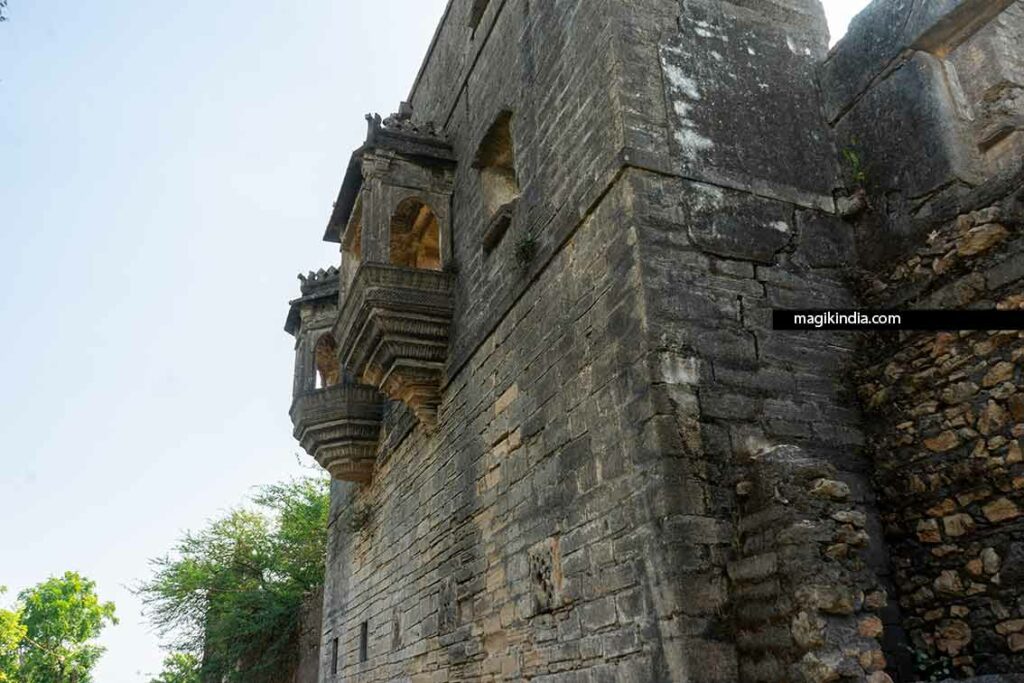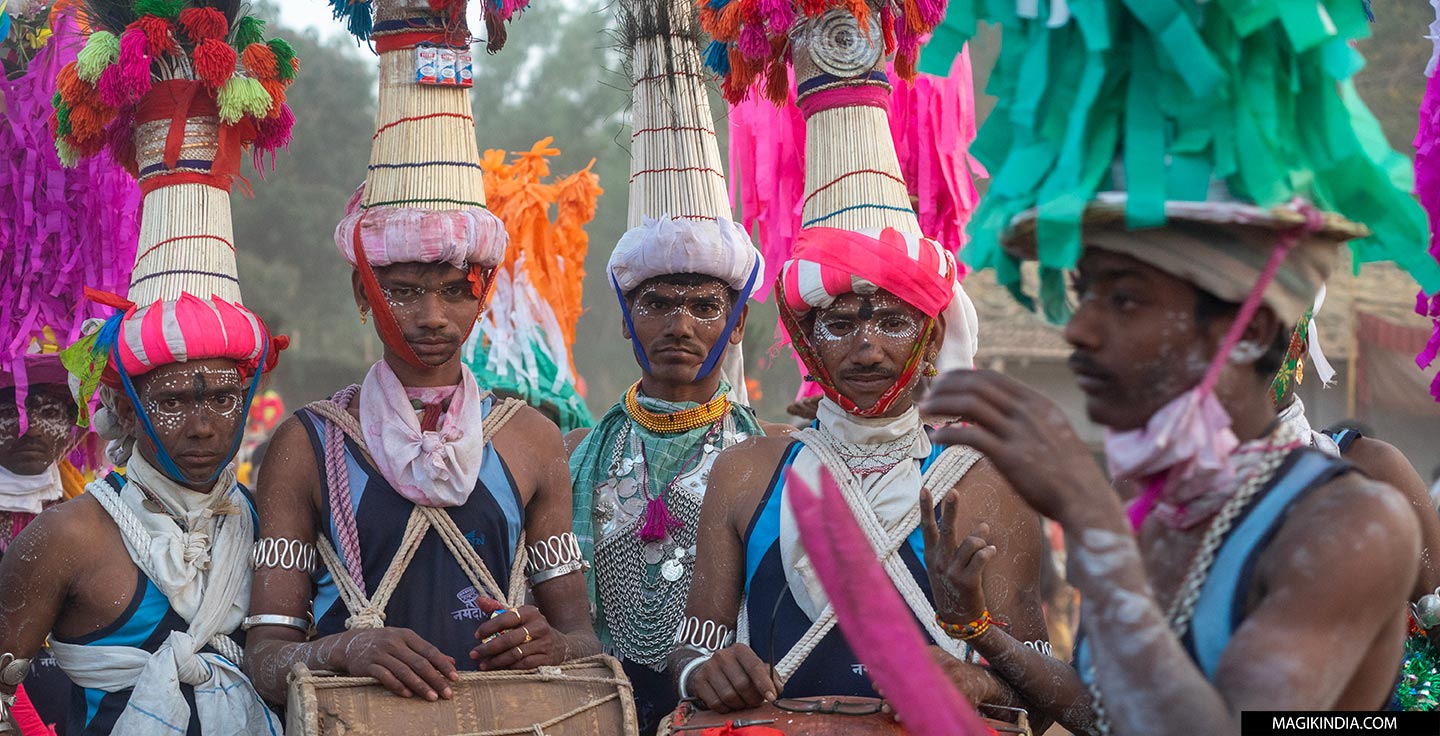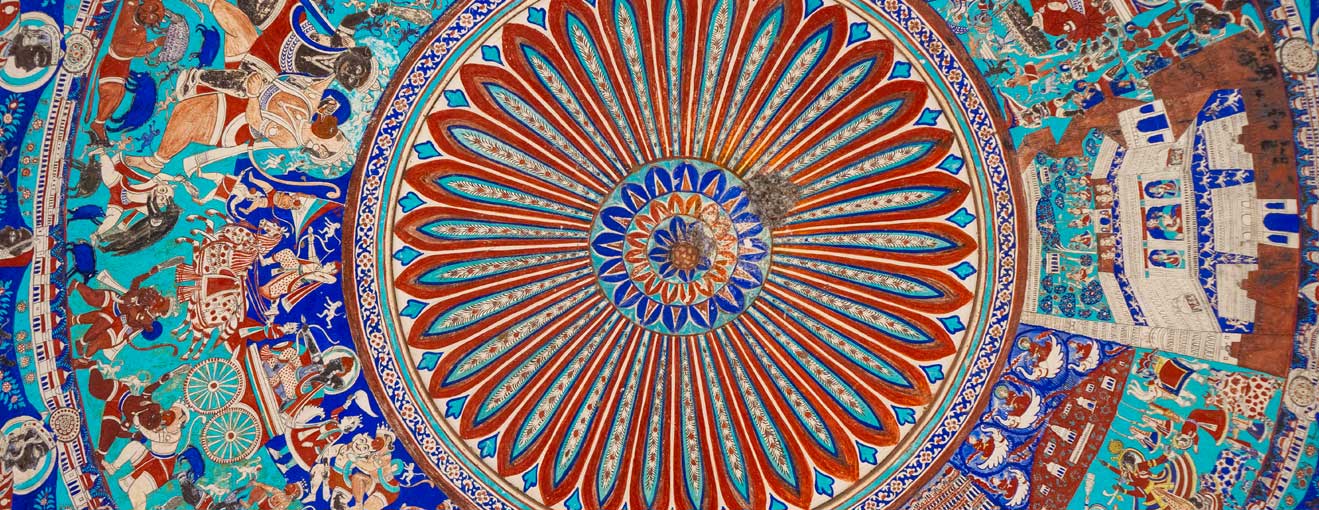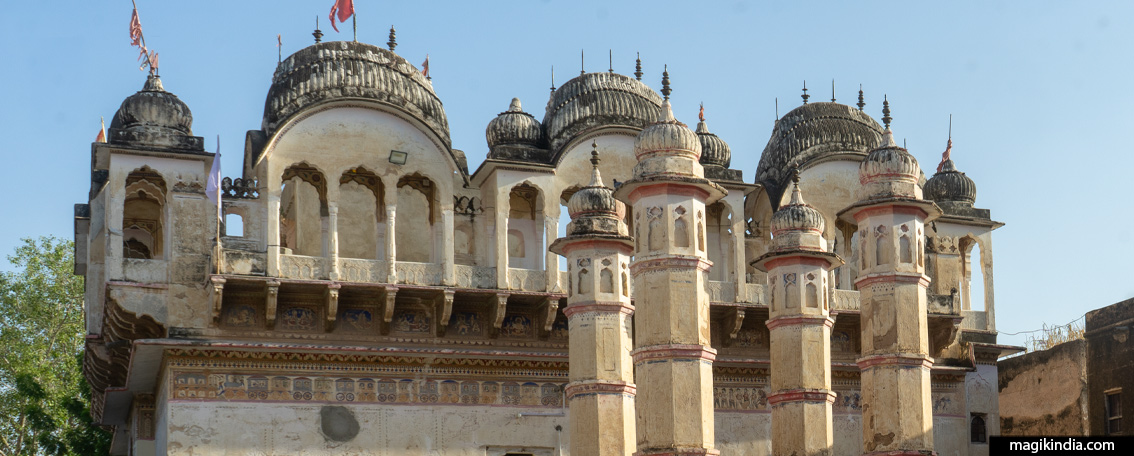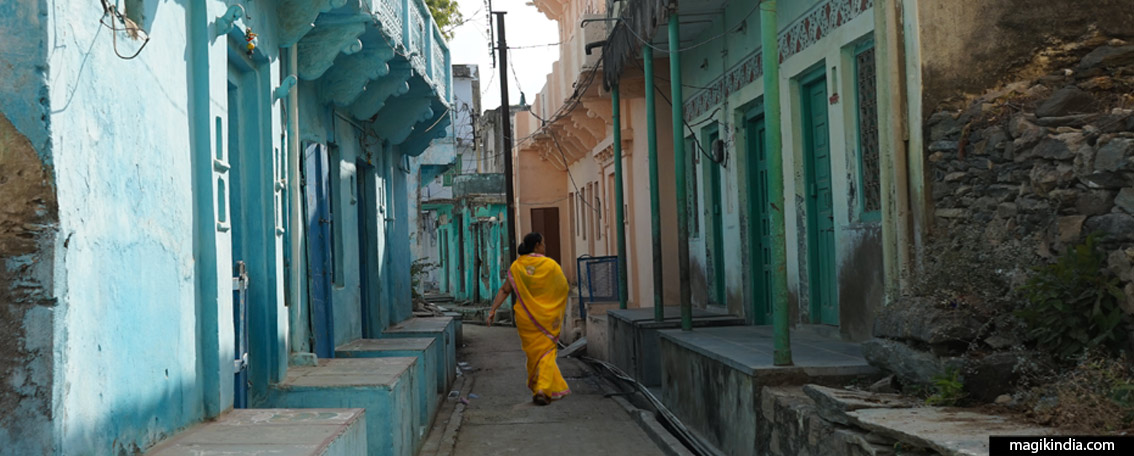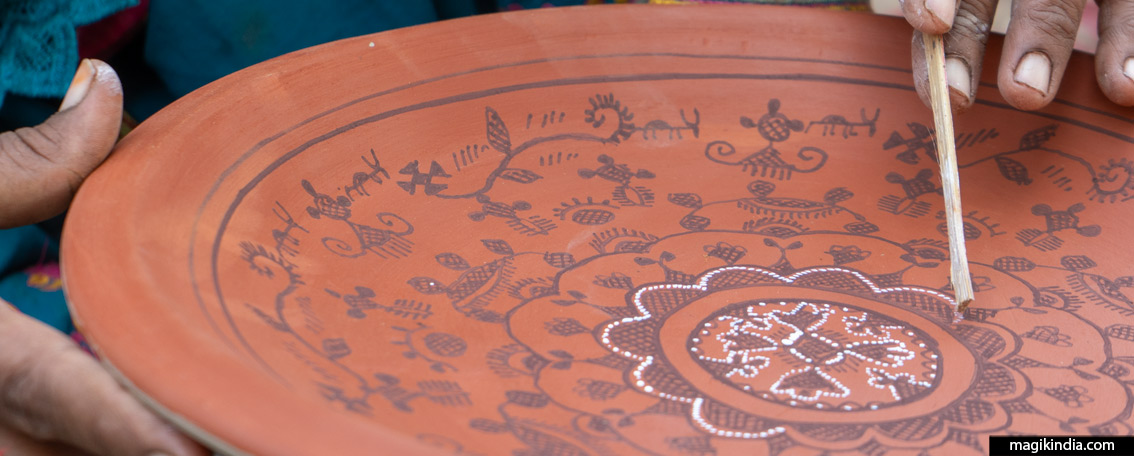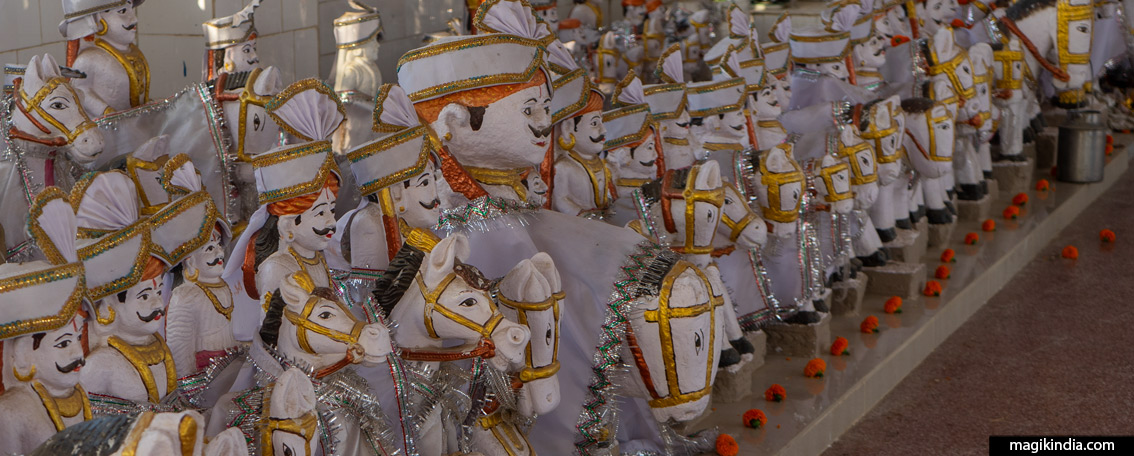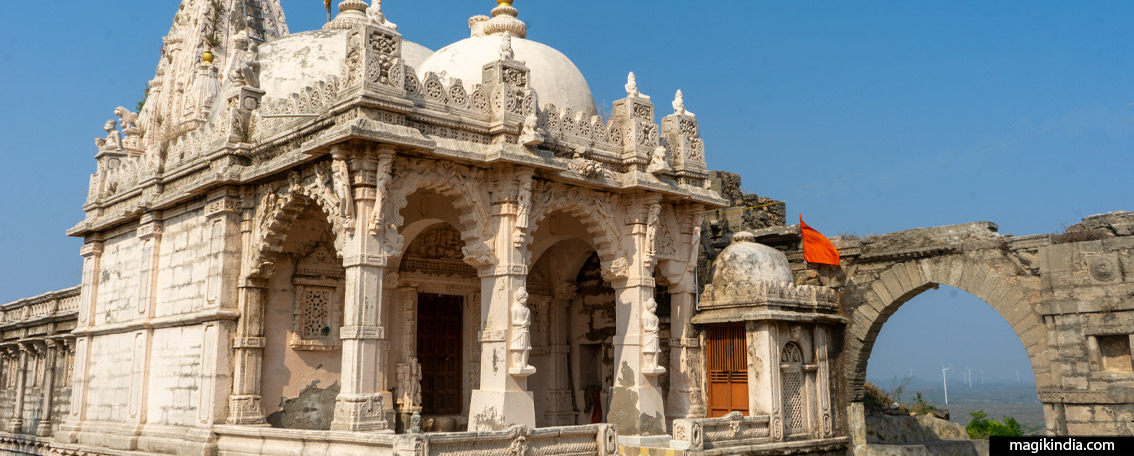
Roha, historical fort of Kutch
It might not seem like it, but Roha Fort was, in the 16th century AD, one of the most powerful in Kutch (Gujarat). Located on a hill of the same name, 50 km from Bhuj, the fortress is a timeless destination which, although overgrown with weeds, will delight travelers who, like me, love old sites with history.
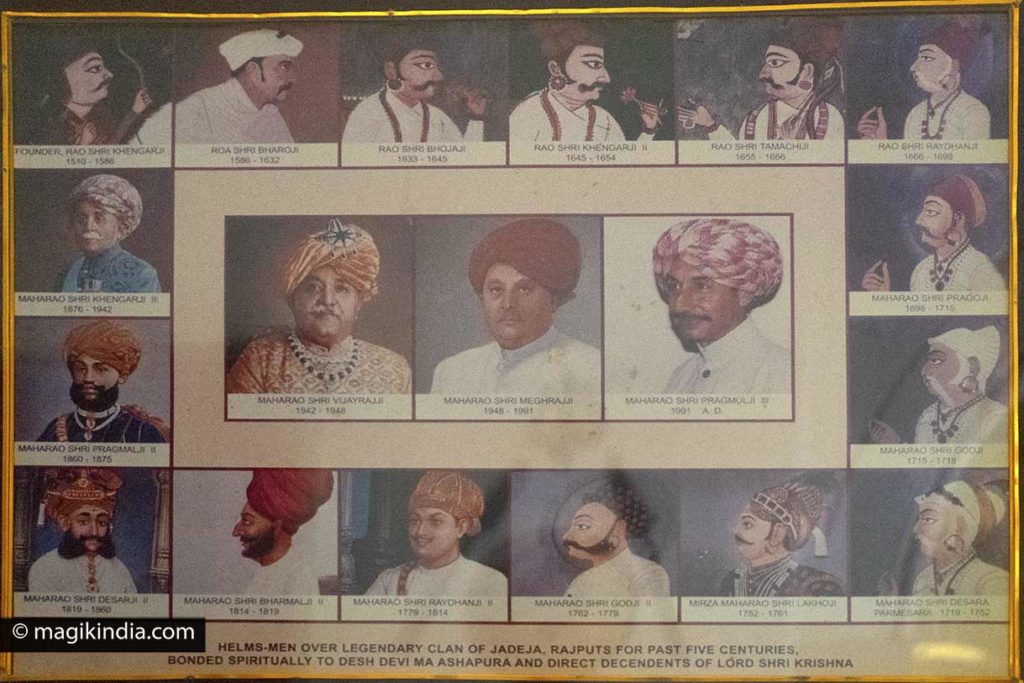
The history of the fort dates back to 1550 CE when the Rao of Kutch, Khengarji Jadeja I, established the town of Roha in Nakhatrana province about fifty kilometers from Bhuj and gave it to his brother Sahebji. His successor Jiyaji built two huge tanks there which are said to be filled with gold and silver. Roha was then considered one of the most opulent provinces of Kutch. There were, at that time, 52 villages under the governance of the lord of Roha. The Thakur Noganji, is credited with the completion of this fort in the 18th century.
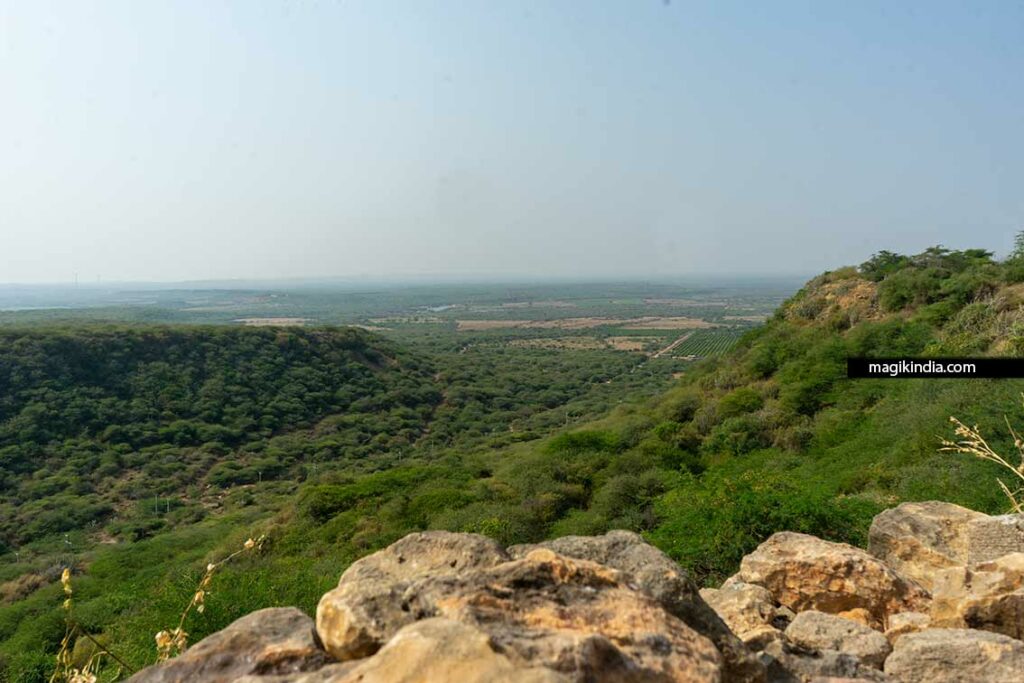
The hill where the fort is located is 250 m above sea level. It is reached by climbing a hundred steps which begin at the foot of a small temple dedicated to Mataji.
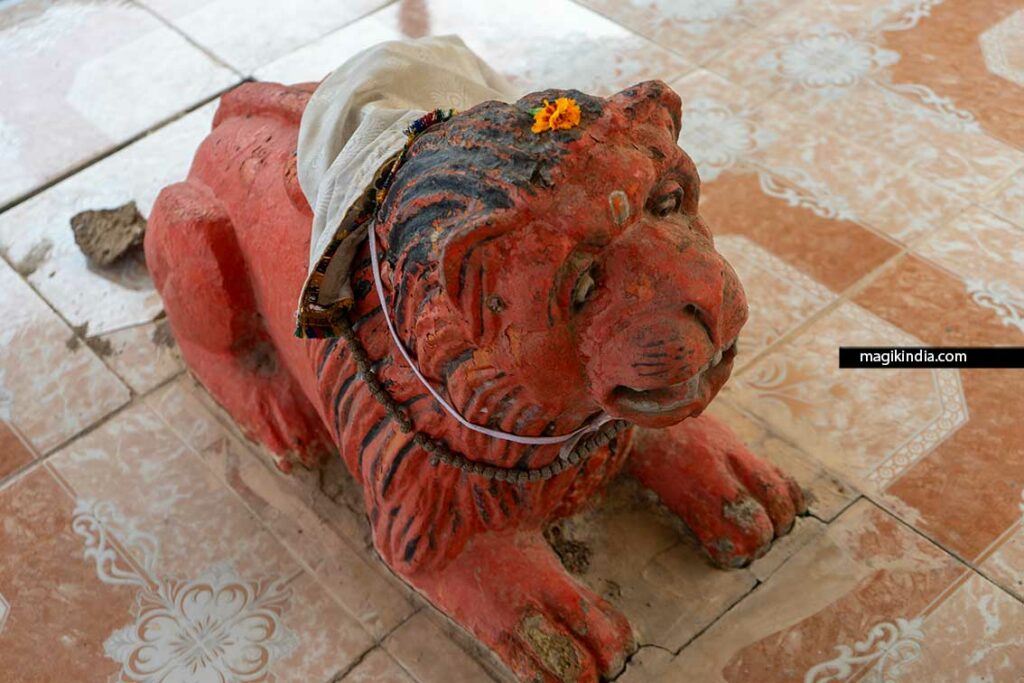
The entrance to the fort is marked by an arch which opens directly onto the best preserved building of the fort: a temple dedicated to Radha-Krishna, still in activity. The latter seems more recent than the fort or perhaps it has benefited from more attention over time.
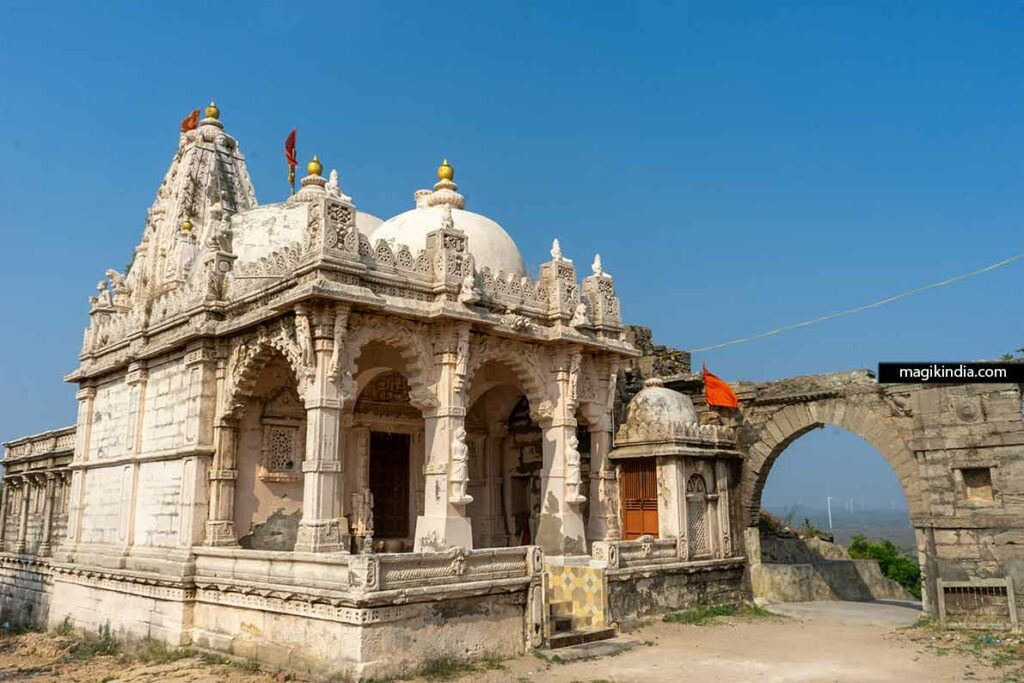
The finely decorated temple is built in a Rajput palatial style with two domes, jalis (stone panels) and a veranda serving as a mandapa surrounded by arches flanked by apsara nymphs.
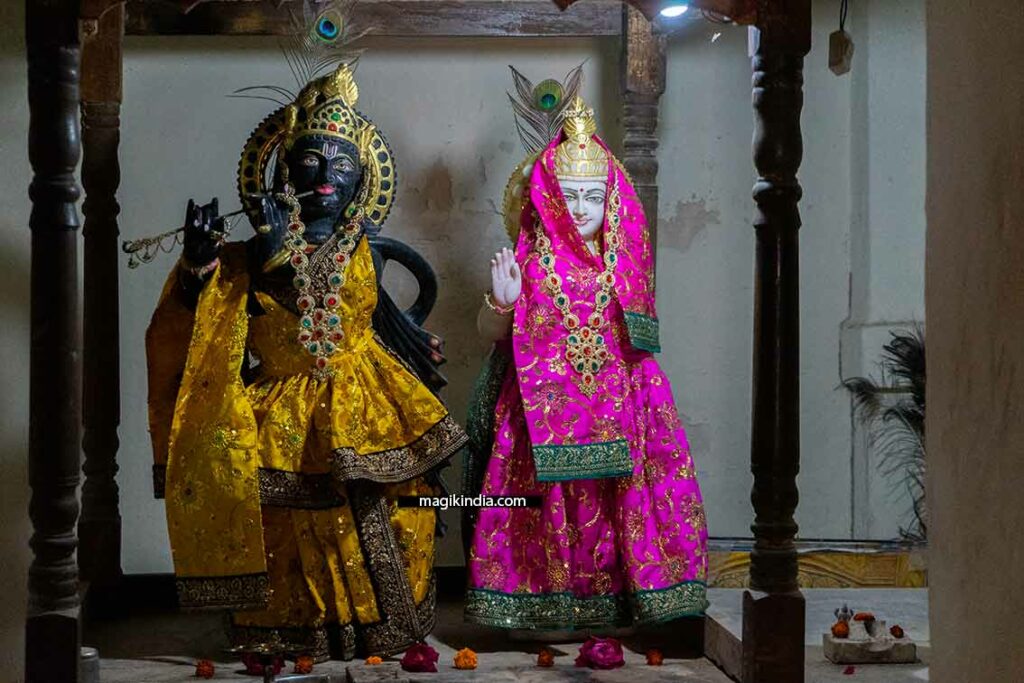
The sanctuary contains two statues, that of the Lord Krishna in black schist and that of his beloved Radha, in white marble.
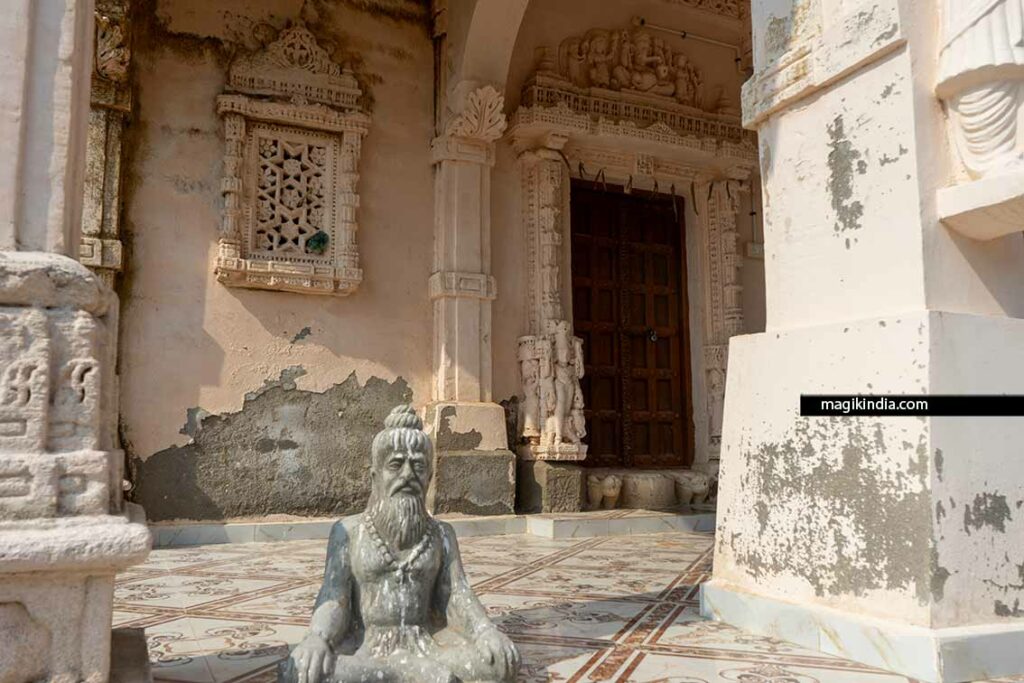
While we think we are alone in this ghost fort, a joyful voice in the distance chants some mantras dedicated to Durga. It is the pandit of the fort (he did not want to be photographed) who takes care of the various active temples of the fortress. After having toured each temple, he leaves for every corner of the fort, a bag of grains in hand, to feed the peacocks, the last inhabitants of the place.

It seems that the bird already occupied the fort during its glory days. The famous Gujarati poet, Sursinhji Takhtasinhji Gohi (1874 –1900), by his pen name “Kalapi” (“peacock”), had described in his poems the peaceful atmosphere of Roha with its numerous peacocks and its wild nature.
Kalapi was the lord of Lathi state in Gujarat. The poet wrote around 250 poems. He is also the author of numerous prose writings.
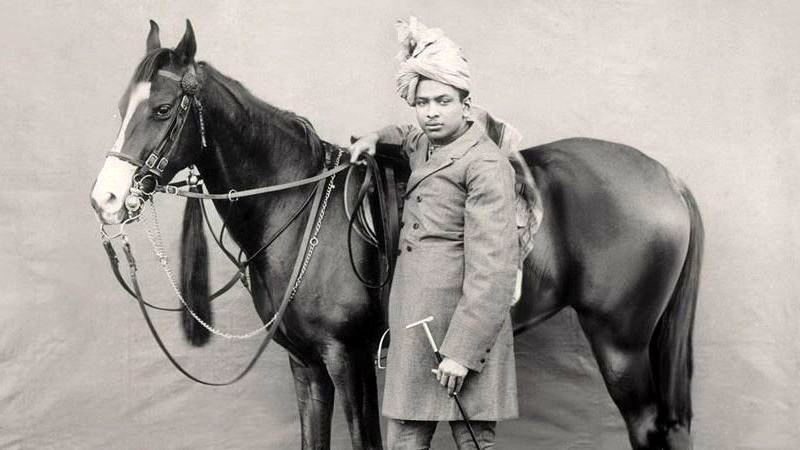
Past the temple, the rest of the visit consists of ruined walls pierced with windows and corbelled balconies, which are holding up as best they can.
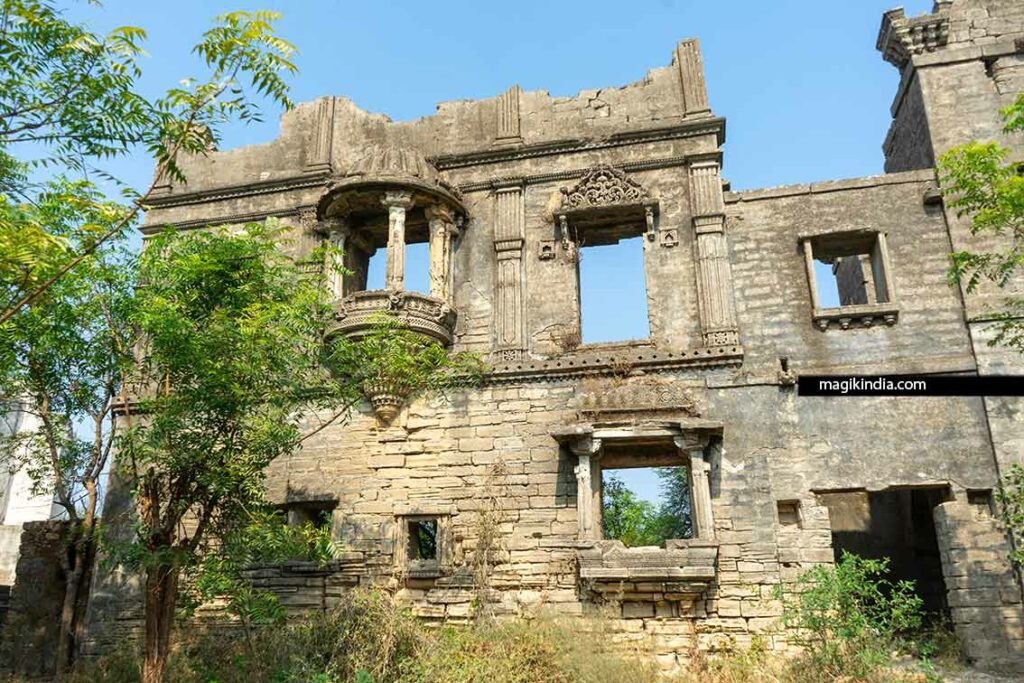
In the past, the palaces of the king and queen were connected by a long passage entirely covered with wooden jalis, which allowed those at court to have a clear view of the outside without being seen.
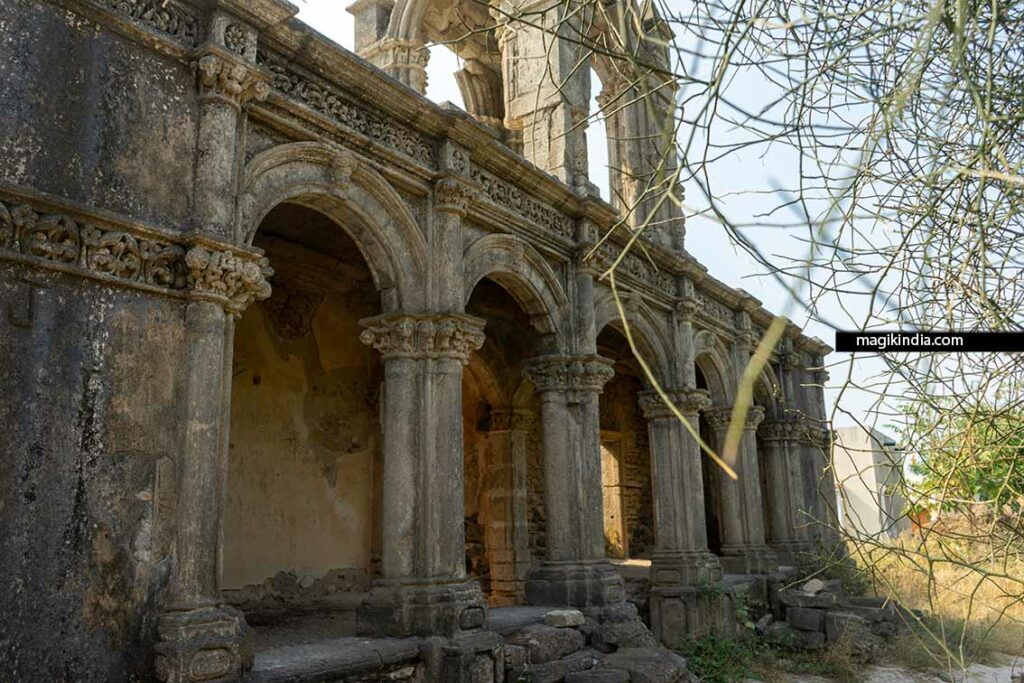
Legend has it that this fort was at its peak after the grandson of Rao’s brother Khengarji I had a dream in which Goddess Devi asked him to take out her idol from one of the fort’s wells and build a temple in it. his honor. Perhaps it is this little sanctuary that we come across during our visit to the fort? (photo below).
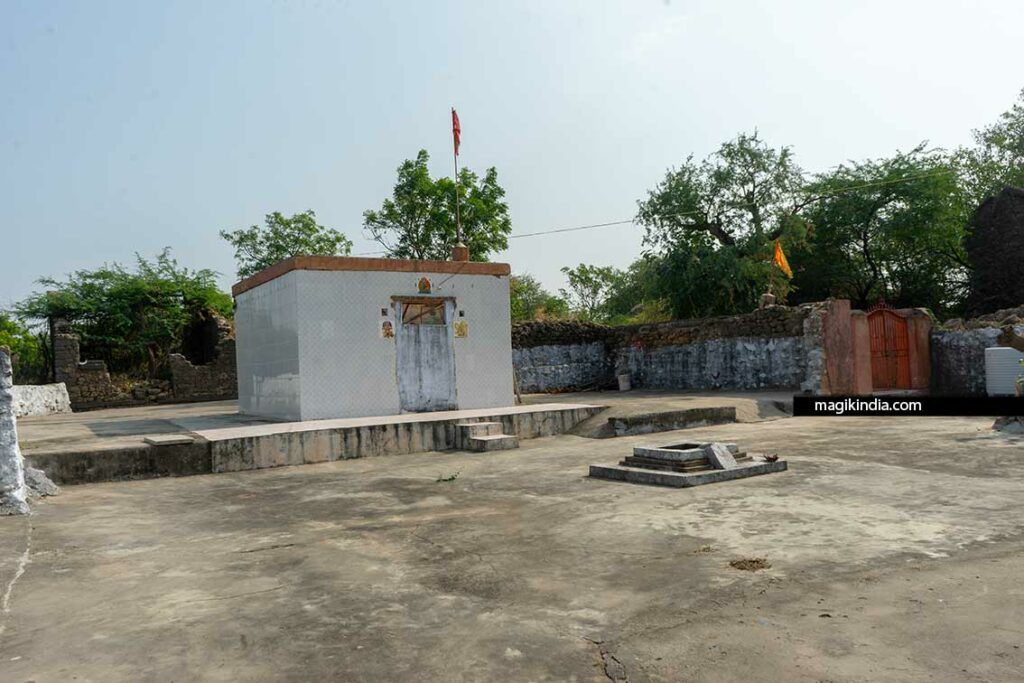
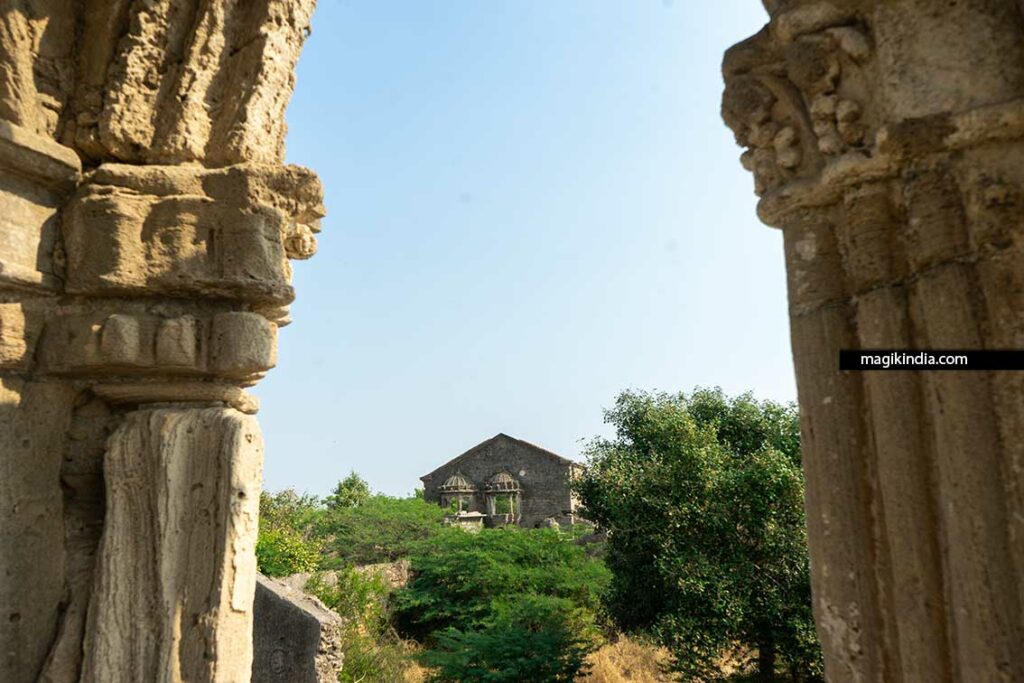
Time, rivalries between lords, the British Raj and the earthquake of 2001 have taken their toll on this place which, according to its remains, must have been an architectural gem. The fact remains that Roha Fort is an enriching place which immerses us in the history of the Kutch region.
